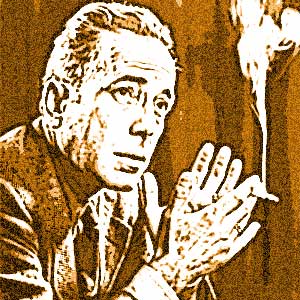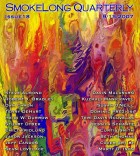First up, because I’m dying to know, do ethnic Lego girls really exist? Where did you get the idea for this story?
I had recently seen a great short film by a teenage filmmaker that recreates the famous social science experiment that was the bedrock of the Brown v. Board Education that ended school segregation. The filmmaker shows these young African-American girls maybe 6 or 7 choosing the white doll over the black doll and assigning the white dolls good attributes and the black ones really negative ones—still in 2006. The girls say the white doll is good and beautiful; the black doll is bad and ugly.
I was thinking about how when I was growing up Legos—more than dolls—were the important toy. My brothers and I were very proud of the fact that we were from the birthplace of Legos—Denmark. (I am half black and half Danish.) Thinking back, I remember that I somehow knew that the Lego people did not look like me. Even though Lego people have yellow faces, I knew it meant that they were white. I wanted to write a story about that awareness. And yes, those ethnic Lego girls exist—the island girls and the Pocahontas!
The narrator embodies a sense of sadness. Like her ethnic Lego girl, she wears a painted-on smile, doesn’t have a song. And yet, within her, there is also a sense of hope. She wants peace. She wants to kiss, not fight. Talk about her “plight” in this story.
The narrator’s plight is to reconcile her awareness of her difference and her uneasiness in performing her difference. In the end, she tries to set her own rules for the performance and get what she wants out of it. I think she kind of succeeds.
It would be imprudent not to recognize that race and identity are important aspects to this story, beyond the ethnic dolls the kids are playing with. What were you hoping to accomplish, or bring forth, with this exploration?
I wanted to talk about interracial relationships. I wanted to write about how there’s an interesting relationship between coming-of-age and becoming “raced.” The narrator discovers her difference because the Legos don’t reflect her. But her “difference” only becomes important because she is discovering a puppy love for her classmate.
You have an incredibly impressive list of grants and awards, including the Fellowship in Fiction from the New York Foundation of the Arts, a Jerome Foundation Fellowship for Emerging Writers, a Jentel Foundation Residency, and a top honor in the Lorian Hemingway Short Story Competition, among others. In fact, some editors here at SmokeLong are looking forward to the time when we can say “We knew Heidi Durrow when…” What are your ultimate goals in the writing arena?
Ultimate goals? I guess put simply: Publish and publish more. Write and write more. I’d like to find my audience which I know is out there. I’d like very much to share the stories and experiences of multiracial and multicultural people that have been subsumed by other narratives in the past. I’d like to have the respect of my peers. And I don’t deny, I’d love to be on Oprah—so if you’re reading… I’ve written a novel manuscript, a coming-of-age story about a biracial young girl who moves in with her grandmother after a family tragedy. I’d love to sell that. And I’m working on a couple of new projects: a novel based on the life of Miss Lala, a mulatta strongwoman of the Victorian era; and a collection of interrelated short stories about African and African-American performers and Danes in early 1900s Copenhagen.
Since this is my first issue with SLQ, I thought it’d be appropriate to discuss firsts. Writing firsts. First time you called yourself a writer, first publication, first check. Those sorts of things. So, dish. What is your most memorable writing first?
I found out I won the NYFA award on my first residency day at Jentel. That was an incredible moment. I was in this stunning, serene place dedicated to supporting me as an artist and then too, I was about to receive a check in the mail for several thousand dollars—for my writing! It was really unbelievable—I still didn’t have a fiction publication at the time. It was the moment that I gave up thinking I was a fake.



 The core workshop of SmokeLong Fitness is all in writing, so you can take part from anywhere at anytime. We are excited about creating a supportive, consistent and structured environment for flash writers to work on their craft in a community. We are thrilled and proud to say that our workshop participants have won, placed, or been listed in every major flash competition. Community works.
The core workshop of SmokeLong Fitness is all in writing, so you can take part from anywhere at anytime. We are excited about creating a supportive, consistent and structured environment for flash writers to work on their craft in a community. We are thrilled and proud to say that our workshop participants have won, placed, or been listed in every major flash competition. Community works.